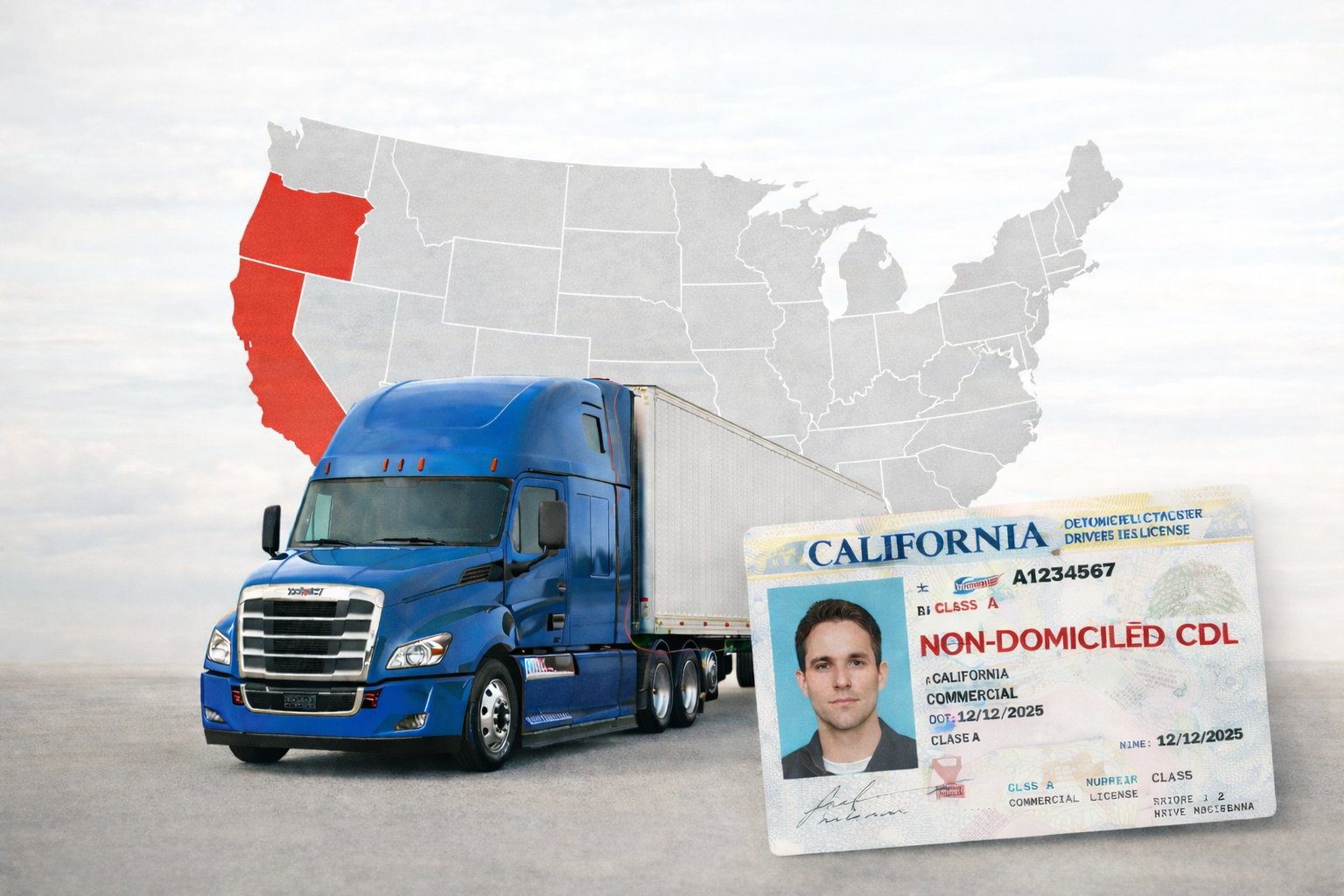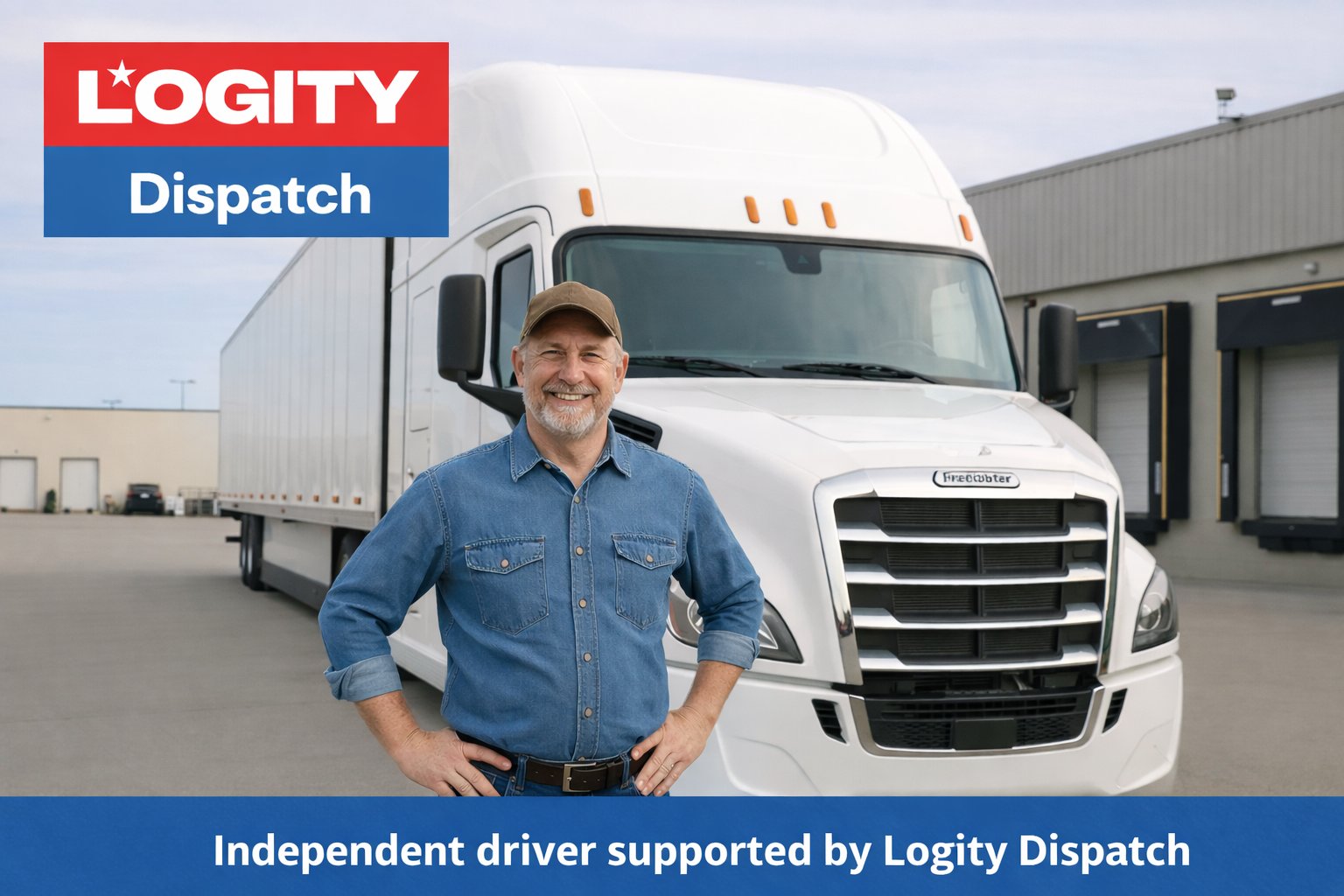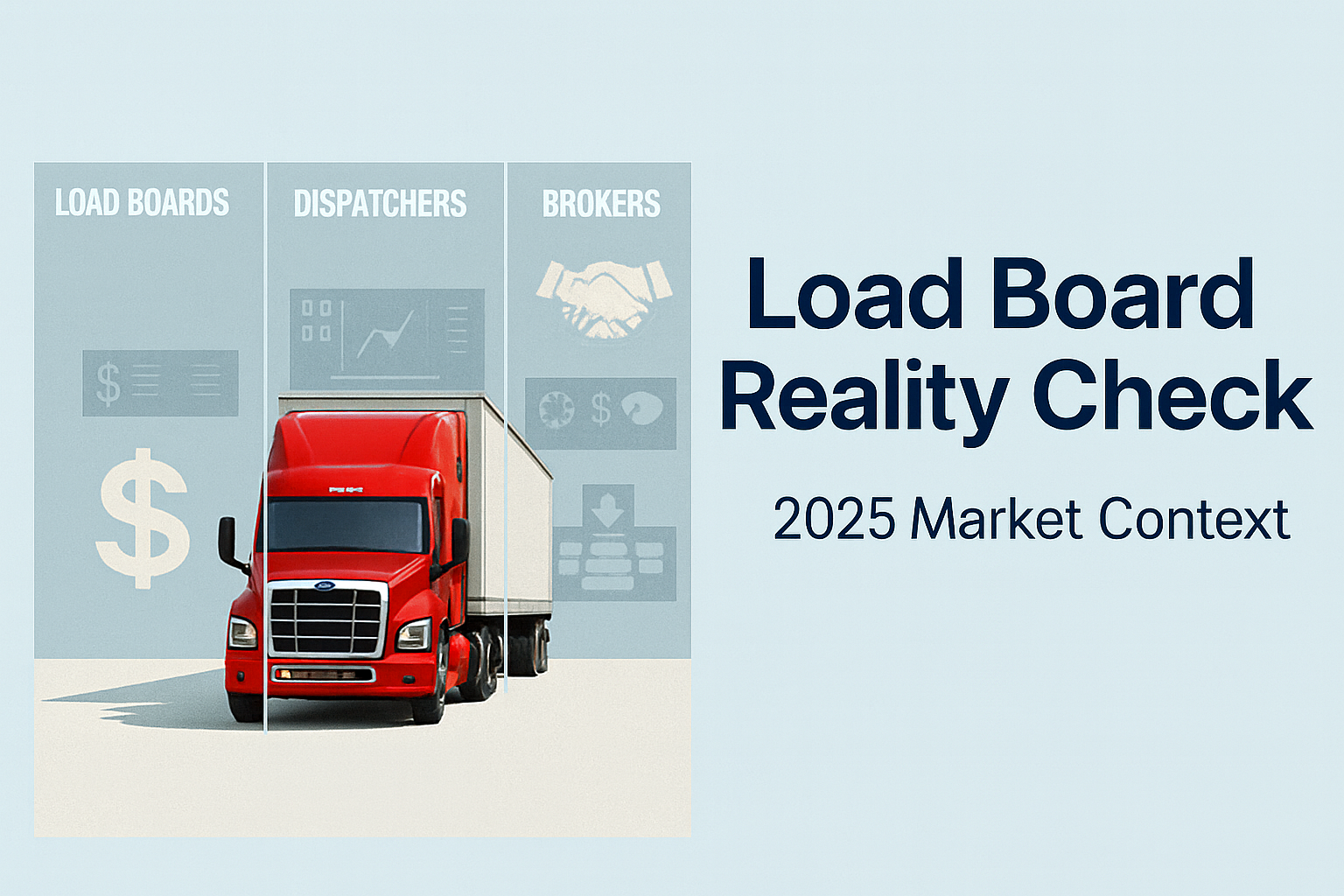Table of Content
- Interstate or Intrastate: The Pittfalls
- Interstate vs. Intrastate Trucking: The Differences
- Types of Trucks Used for Interstate and Intrastate Trucking
- Intrastate vs Interstate Trucking: Insurance Requirements
- Operating Authority: Interstate vs Intrastate Trucking
- Unified Carrier Registration (UCR)
- IFTA Compliance
- To Wrap Up

When you’re just getting started in the trucking industry, one of the first questions you’ll likely face is: What’s the difference between intrastate and interstate trucking?
Intrastate trucking keeps drivers within a single state, handling deliveries close to home. Interstate trucking, on the other hand, allows drivers to cross state lines, covering longer distances and often hauling freight across the country.
Interstate or Intrastate: The Pittfalls
While the primary distinction is straightforward — intrastate stays within a single state, and interstate crosses state lines or national borders — there are a few nuances that many carriers may not realize:
- Partial interstate trips count: even if you only transport a portion of a load that moves through multiple states, it is considered interstate commerce, even if you never leave your home state.
- Route efficiency matters: sometimes the most efficient route for a delivery may cross state lines.
- Compliance implications: these distinctions affect which regulations, permits, and safety rules apply to your trip. Knowing whether a route is considered interstate or intrastate helps ensure you stay compliant with federal and state laws.
Understanding these subtleties helps drivers plan routes more efficiently and avoid unexpected regulatory issues.
Interstate vs. Intrastate Trucking: The Differences
Interstate and intrastate trucking differ primarily in the scope of their operations and the regulatory frameworks that govern them.
Interstate Trucking
- What it’s about: involves transporting goods across state lines or international borders.
- Regulations: subject to federal laws and oversight by the Federal Motor Carrier Safety Administration (FMCSA).
- Licensing: drivers require an interstate Commercial Driver’s License (CDL).
- Compliance: must adhere to federal Hours of Service (HoS) regulations, vehicle weight limits, and safety standards.
- Insurance: typically higher premiums due to the extended range and increased risk.
- Equipment: often utilizes long-haul vehicles such as 18-wheelers, flatbeds, and refrigerated trailers.
Intrastate Trucking
- What it’s about: involves transporting goods within a single state, without crossing state lines.
- Regulations: governed by state-specific laws, which can vary significantly from one state to another.
- Licensing: drivers may operate with an intrastate CDL, which may have different requirements than an interstate CDL.
- Compliance: subject to state-level HoS regulations and safety standards, which may be less stringent than federal requirements.
- Insurance: generally lower premiums due to reduced operational scope.
- Equipment: commonly uses vehicles like box trucks, dump trucks, and tow trucks.
Types of Trucks Used for Interstate and Intrastate Trucking
While trucks with the proper licensing can technically operate in both intrastate and interstate routes, certain types of vehicles are more commonly associated with each:
Intrastate Trucking:
These trucks typically handle local or in-state deliveries:
- Box trucks
- Garbage trucks
- Dump trucks
- Concrete mixer trucks
- Bucket trucks
- Tow trucks
Interstate Trucking:
Trucks used for long-haul, cross-state deliveries often include:
- Reefer trucks (refrigerated)
- Tanker trucks
- Flatbed trucks
- Semi-trucks, tractor-trailers, and 18-wheelers
Choosing the right truck type depends on the nature of the freight, the route, and the operational requirements of your business.
Intrastate vs Interstate Trucking: Insurance Requirements
Insurance coverage is a critical consideration for trucking businesses, and the requirements differ depending on whether you operate interstate or intrastate.
Interstate Trucking
For carriers transporting freight across state lines, the Federal Motor Carrier Safety Administration (FMCSA) sets minimum public liability insurance standards. Coverage amounts depend on the type of cargo and the weight of the vehicle:
- Non-hazardous freight, vehicle under 10,001 lbs: $300,000 minimum
- Non-hazardous freight, vehicle over 10,001 lbs: $750,000 minimum
- Hazardous materials (private or for-hire carriers): $5,000,000 minimum
- Oil transportation (private or for-hire carriers): $1,000,000 minimum
These figures represent the minimum federal requirements. Many brokers and shippers require at least $1 million in coverage, even for non-hazardous loads, to protect against potential liabilities.
Intrastate Trucking
Insurance regulations for in-state operations are set by individual states and can vary widely. Some states, such as California and Colorado, follow guidelines similar to the FMCSA. Others, like Florida, have their own standards, requiring coverage ranging from $50,000 to $300,000 for non-hazardous freight depending on vehicle weight.
Operating Authority: Interstate vs Intrastate Trucking
An operating authority acts much like a business license for trucking companies, granting legal permission to transport freight. Requirements differ depending on whether you operate interstate or intrastate.
Interstate Trucking
To haul freight across state lines, carriers must obtain a USDOT number from the U.S. Department of Transportation. In addition, an interstate operating authority is required for nearly all drivers, with the exception of those working within federally designated commercial zones. These zones typically cover areas near major metropolitan regions that cross state boundaries.
Intrastate Trucking
For in-state operations, a federal operating authority is generally not required. However, roughly half of U.S. states mandate a state-level operating authority for carriers. Regulations vary from state to state, so it’s crucial to consult the appropriate state transportation agency to ensure compliance before beginning intrastate operations.
Unified Carrier Registration (UCR)
Carriers engaged in interstate trucking are required to participate in the Unified Carrier Registration (UCR) program, which helps fund safety programs and enforcement initiatives across the country.
The process can be a bit confusing because not all states participate in the UCR program. Currently, 41 states are part of the system. However, even if your home state is not a participant, interstate carriers are still required to register under the UCR rules.
Compliance with the UCR ensures your business operates legally across state lines and avoids penalties or disruptions to your interstate operations.
IFTA Compliance
The International Fuel Tax Agreement (IFTA), along with the International Registration Plan (IRP), simplifies fuel tax reporting for carriers operating across multiple states. Under these agreements, states can collect fuel taxes under a single carrier license, eliminating the need for separate fuel permits in every state. Essentially, carriers only need to file and pay fuel taxes in their home state.
However, several states still require separate intrastate fuel permits, including:
- Connecticut
- Indiana
- Kentucky
- Maine
- North Carolina
- Pennsylvania
- Utah
- West Virginia
For carriers that mainly operate within a single state but occasionally cross state lines, temporary fuel and trip permits can be obtained instead of registering for full IFTA and IRP compliance. This provides flexibility while keeping operations legal and avoiding unnecessary paperwork.
To Wrap Up
Interstate trucking involves federal oversight, higher insurance requirements, and compliance with programs like the UCR, IFTA, and IRP. Drivers often use long-haul vehicles such as tractor-trailers, flatbeds, and refrigerated trucks to cover longer distances efficiently. Intrastate trucking, by contrast, is regulated at the state level, generally involves smaller vehicles like box trucks and dump trucks, and often has more flexible insurance and permit requirements.






